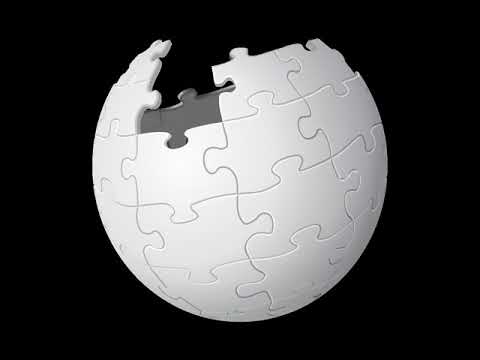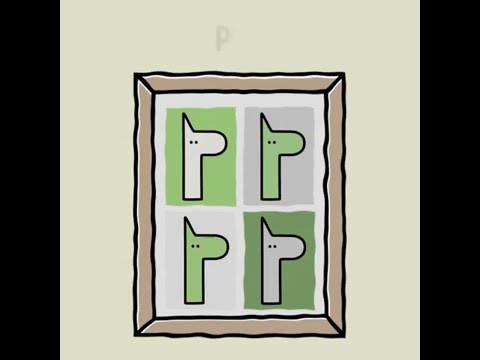This is an audio version of the Wikipedia Article:
https://en.wikipedia.org/wiki/Naturalness_(physics)
00:01:44 1 Overview
00:04:04 2 Introduction
00:06:27 3 Naturalness and the gauge hierarchy problem
00:11:44 4 Naturalness, supersymmetry and the little hierarchy
00:17:32 5 Status of naturalness and the little hierarchy
00:23:27 6 See also
Listening is a more natural way of learning, when compared to reading. Written language only began at around 3200 BC, but spoken language has existed long ago.
Learning by listening is a great way to:
– increases imagination and understanding
– improves your listening skills
– improves your own spoken accent
– learn while on the move
– reduce eye strain
Now learn the vast amount of general knowledge available on Wikipedia through audio (audio article). You could even learn subconsciously by playing the audio while you are sleeping! If you are planning to listen a lot, you could try using a bone conduction headphone, or a standard speaker instead of an earphone.
Listen on Google Assistant through Extra Audio:
https://assistant.google.com/services/invoke/uid/0000001a130b3f91
Other Wikipedia audio articles at:
https://www.youtube.com/results?search_query=wikipedia+tts
Upload your own Wikipedia articles through:
https://github.com/nodef/wikipedia-tts
Speaking Rate: 0.9433832935307003
Voice name: en-AU-Wavenet-C
“I cannot teach anybody anything, I can only make them think.”
– Socrates
SUMMARY
=======
In physics, naturalness is the property that the dimensionless ratios between free parameters or physical constants appearing in a physical theory should take values “of order 1” and that free parameters are not fine-tuned. That is, a natural theory would have parameter ratios with values like 2.34 rather than 234000 or 0.000234.
The requirement that satisfactory theories should be “natural” in this sense is a current of thought initiated around the 1960s in particle physics. It is an aesthetic criterion, not a physical one, that arises from the seeming non-naturalness of the standard model and the broader topics of the hierarchy problem, fine-tuning, and the anthropic principle. However it does tend to suggest a possible area of weakness or future development for current theories such as the Standard Model, where some parameters vary by many orders of magnitude, and which require extensive “fine-tuning” of their current values of the models concerned. The concern is that it is not yet clear whether these seemingly exact values we currently recognize, have arisen by chance (based upon the anthropic principle or similar) or whether they arise from a more advanced theory not yet developed, in which these turn out to be expected and well-explained, because of other factors not yet part of particle physics models.
The concept of naturalness is not always compatible with Occam’s razor, since many instances of “natural” theories have more parameters than “fine-tuned” theories such as the Standard Model. Naturalness in physics is closely related to the issue of fine-tuning, and over the past decade many scientists argued that the principle of naturalness is a specific application of Bayesian statistics.
wikipedia tts
Source



